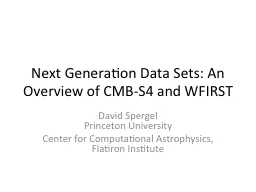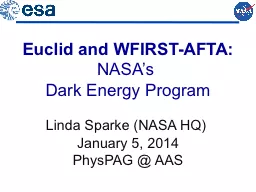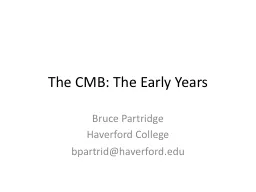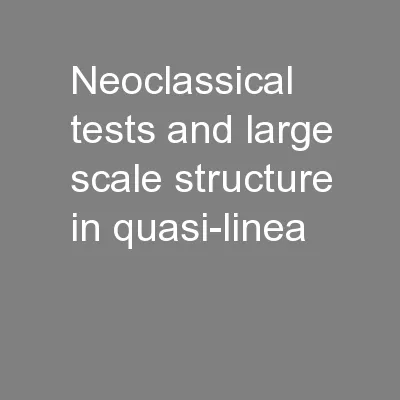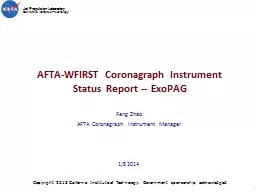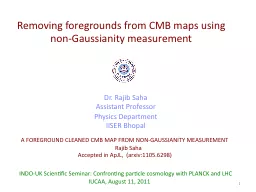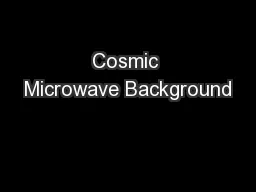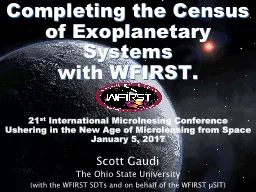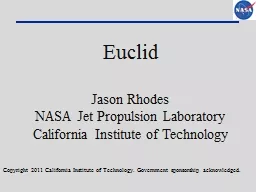PPT-Next Generation Data Sets: An Overview of CMB-S4 and WFIRST
Author : pasty-toler | Published Date : 2018-02-04
David Spergel Princeton University Center for Computational Astrophysics Flatiron Institute Outline Next generation CMB experiments Simons Observatory CMBS4 Next
Presentation Embed Code
Download Presentation
Download Presentation The PPT/PDF document "Next Generation Data Sets: An Overview o..." is the property of its rightful owner. Permission is granted to download and print the materials on this website for personal, non-commercial use only, and to display it on your personal computer provided you do not modify the materials and that you retain all copyright notices contained in the materials. By downloading content from our website, you accept the terms of this agreement.
Next Generation Data Sets: An Overview of CMB-S4 and WFIRST: Transcript
Download Rules Of Document
"Next Generation Data Sets: An Overview of CMB-S4 and WFIRST"The content belongs to its owner. You may download and print it for personal use, without modification, and keep all copyright notices. By downloading, you agree to these terms.
Related Documents

